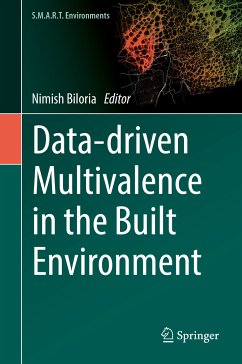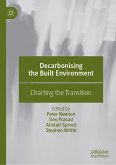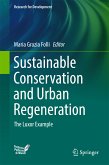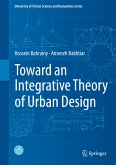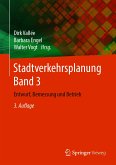This book sets the stage for understanding how the exponential escalation of digital ubiquity in the contemporary environment is being absorbed, modulated, processed and actively used for enhancing the performance of our built environment. S.M.A.R.T., in this context, is thus used as an acronym for Systems & Materials in Architectural Research and Technology, with a specific focus on interrogating the intricate relationship between information systems and associative material, cultural and socioeconomic formations within the built environment. This interrogation is deeply rooted in exploring inter-disciplinary research and design strategies involving nonlinear processes for developing meta-design systems, evidence based design solutions and methodological frameworks, some of which, are presented in this issue. Urban health and wellbeing, urban mobility and infrastructure, smart manufacturing, Interaction Design, Urban Design & Planning as well as Data Science, as prominent symbiotic domains constituting the Built Environment are represented in this first book in the S.M.A.R.T. series. The spectrum of chapters included in this volume helps in understanding the multivalence of data from a socio-technical perspective and provides insight into the methodological nuances involved in capturing, analysing and improving urban life via data driven technologies.
Dieser Download kann aus rechtlichen Gründen nur mit Rechnungsadresse in A, B, BG, CY, CZ, D, DK, EW, E, FIN, F, GR, HR, H, IRL, I, LT, L, LR, M, NL, PL, P, R, S, SLO, SK ausgeliefert werden.
Hinweis: Dieser Artikel kann nur an eine deutsche Lieferadresse ausgeliefert werden.

